Existing User Log In
New User Registration
Register for a free account to gain full access to the VGChartz Network and join our thriving community.



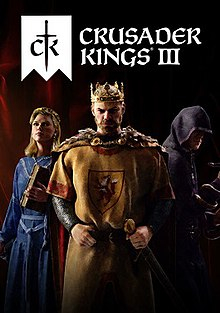

America - Front


America - Back

NanaOn-Sha is a development studio that doesn't put itself in the spotlight very often. It's a studio best known for creating PaRappa the Rapper, but otherwise hasn't made many noticeable games. So when NanaOn-Sha come along and create Haunt, a Kinect game at the top of the roster, it's easy to be taken by surprise.
So what is Haunt? The setting is familiar and, at first glance, looks like just another haunted house attraction. But the haunted mansion of Benjamin Muldoon is a place of charm and wonder that offers fun for all ages, even if you've seen every haunted house imaginable. This is a game about fun first and foremost, not horror; only younger children will find it scary. The story begins with Benjamin himself trying to enlist your help. After an experiment gone wrong, he's literally stuck in his paintings; he can move between his collection, but never leave it. Naturally, he wants to be set free from his artistic prison, and by gathering four flasks of elixir from around the mansion you can help make that happen.
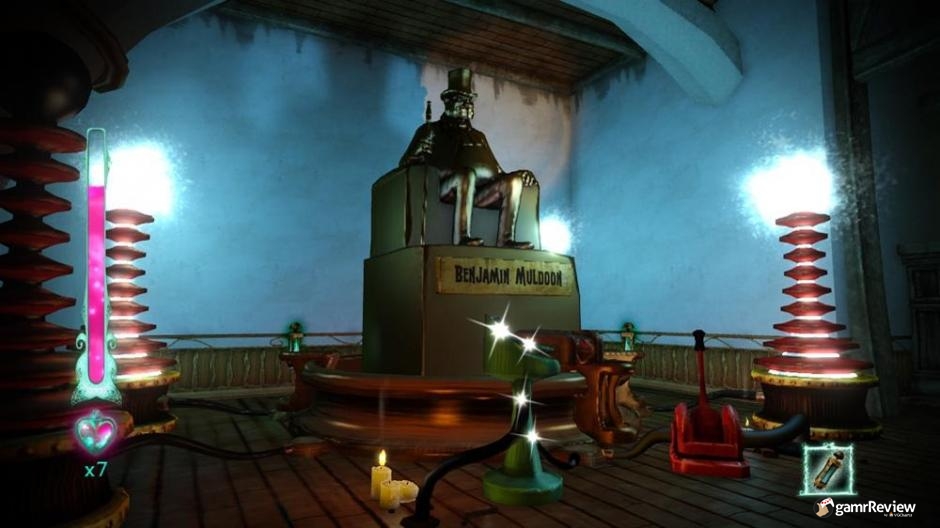
The story is quite simple, but charmingly executed, and is a perfect fit for this type of game. NanaOn-Sha also do an admirable job of immersing you in the game and the story. The developers utilise Kinect so that you're not just playing some random character who's trying to help Benjamin, it's actually you trying to help him. Hopefully more developers can pick up on using Kinect like this, as it makes the game just that little bit more special.
Benjamin Muldoon is voiced by Tim Schafer (of Double Fine Productions), and he does a great job of bringing the character to life. Additionally, the soundtrack is fairly muted, allowing for more environmental sounds to come through in true haunted house fashion. It's never scary, but it helps build an atmosphere where you're never sure what might be waiting for you around the corner, though you'll always want to find out.
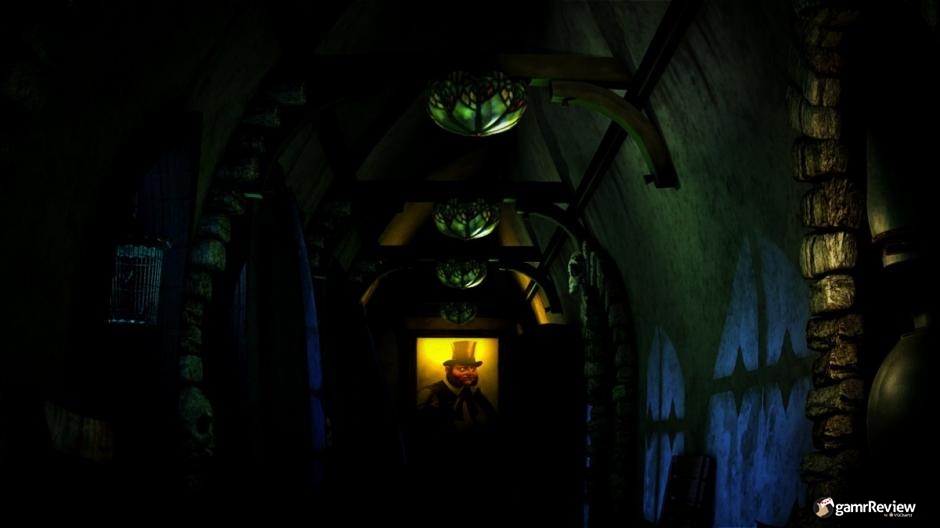
Graphically, NanaOn-Sha have found a visual style that simply 'works' for this particular game. It's not technically impressive, but it reinforces the feeling of fun and wonder that makes you want to see everything the mansion has to offer, something that's encouraged by the mansion itself. Every room has something going on, like a rocking chair that rocks without anybody sitting in it, or all of the lights suddenly go out for a short moment. Most of it's subtle, but it works really well in keeping the mansion interesting and fascinating. In other words, Haunt is presented superbly.
But an atmosphere that tries to encourage exploration and fun can only ever hold up if there's decent gameplay underpinning it all, and using Kinect for this is almost akin to going into uncharted territory. The most high-profile game on the market that allows for complete freedom of movement is SEGA's Rise of Nightmares. And while Rise of Nightmares had more than its fair share of faults, its control scheme was one of its few redeeming qualities. Haunt wants to offer the player that same freedom of movement, and manages to do so whilst improving on the controls in Rise of Nightmares in many ways.
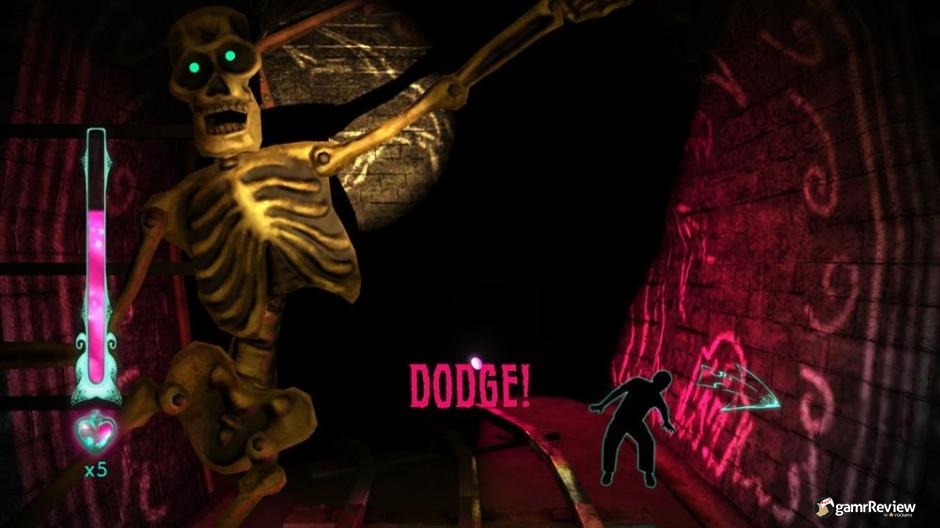
To move around in Haunt, you simply walk in place. To navigate, you point to the sides of the screen with your virtual flashlight, which will cause you to turn, much like a first person shooter on the Wii. It works surprisingly well, and Haunt offers an option for assisted movement that helps you navigate corridors. I personally prefer to play without it, as it sacrifices a certain degree of flexibility, but it's a matter of preference.
To interact with an item, you shine your flashlight on it for a short amount of time. You then get to perform interaction gestures, like opening a door or turning a valve. These interactions are one of the few areas where Rise of Nightmares has an edge over Haunt, which is slower and less flexible. For example, the doors in Haunt only open in one direction, which is how you would expect the doors of a mansion to behave, but it's never easy to know which direction that is until explicitly tells you. By contrast, the doors in Rise of Nightmares open both inwards and outwards and can be opened by hand or kicked open (if you're so inclined), allowing for quicker interactions.
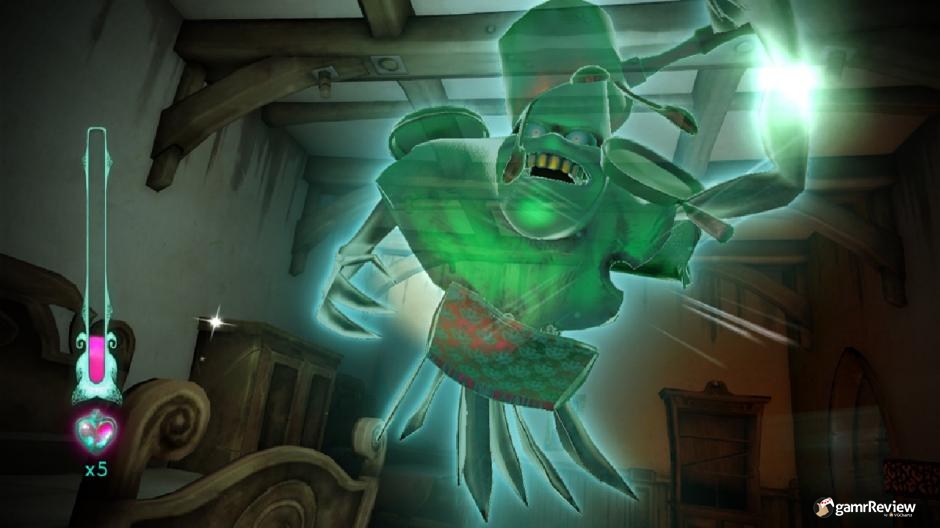
And that's really one of the two major pitfalls that Haunt has in its controls; it's not terribly flexible, which means battling a brute ghost, where you're dodging attacks and trying to land counter blows, can feel very static. The other pitfall is spotty movement recognition. Haunt will detect what you're doing well most of the time, but because the overall control scheme works as well as it does, it's all the more jarring when it doesn't work. Sometimes, the game will think you're moving even though you're standing completely still, for example. Thankfully, the gameplay is very forgiving, so it's not likely to be something that will result in your death.
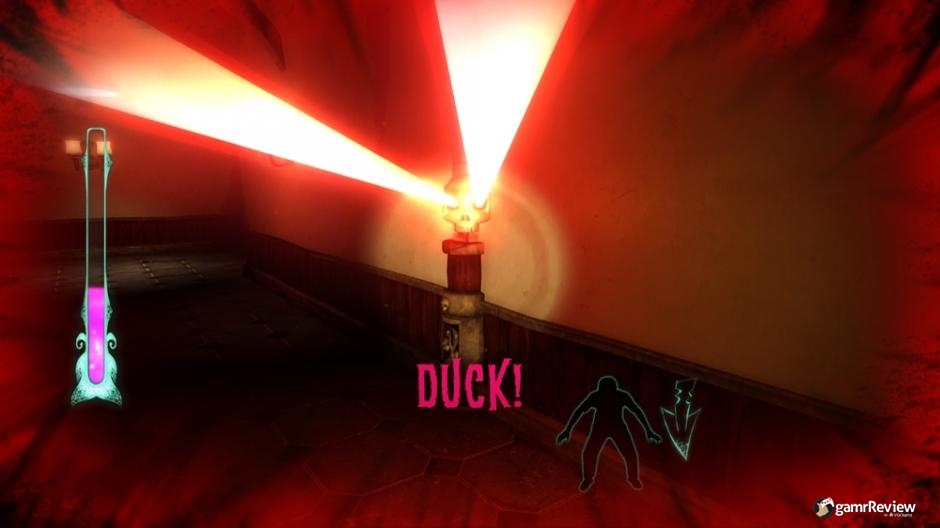
In fact, Haunt isn't difficult at all. It relies more on having plenty of varied activities and trying to fascinate you to hold your interest, which works well enough, but it means that you've seen just about everything the game has to offer when you've completed it. There are a few hidden items to collect, but it's pretty easy to collect them all on the first playthrough. Which leads us to the final pitfall of Haunt: content. The mansion of Benjamin Muldoon is engaging and fun to explore, but you'll have explored every nook and cranny after only four or so hours of playtime.
It should be noted that NanaOn-Sha is walking a fine line here. Haunt sees the player physically walking around the mansion, so it's important that he or she remains engaged. Because of this, the game is designed in such a way that you're always close to something interesting, which means that those are four hours of very condensed content. Haunt is at the top of the Kinect class when it comes to exploration. It's also good fun while it lasts, despite its flaws, and at 800 Microsoft Points you'd be hard pressed to not find it good entertainment value for your money.
This review is based on a digital copy of Haunt, purchased via XBLA.










|
|
|
|
|
|